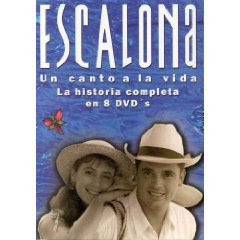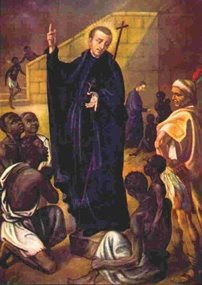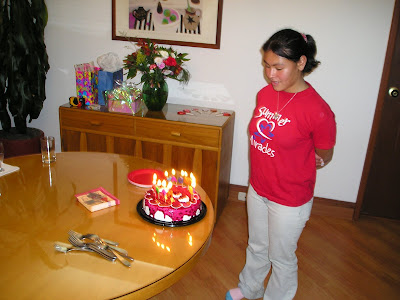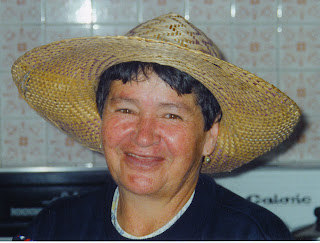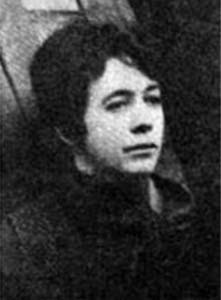El Acordeon del Diablo

Swiss Director Stefan Schwietert created a documentary based on the life of Francisco (Pacho) Rada. Rada was often confused with Francisco El Hombre, and this confusion was spread when his daughter wrote a book on the subject. However, in reality, the Devil Dualer was really Francisco Moscote. Nevertheless, the movie is a magnificent look into Pacho Rada's life, his poverty -- despite being an icon of Colombian culture, his music, and his legacy. It is available in several languages (Spanish, German, French and English) via sub-titles, and SOOOOO worth the $29.99 It also gives you insight into the culture of the Costa Atlantica or Caribe. I think that it is a must for your collection. http://www.amazon.com/Devils-Accordion-Acorde%C3%B3n-diablo-NON-USA/dp/B0013KSPWG/ref=sr_1_1?ie=UTF8&s=dvd&qid=1242305950&sr=1-1 You can also find excerpts of it, in English on You tube. Here is the link to Part #1. http://www.youtube.com/watch?v=hfN6tCbjAlg

